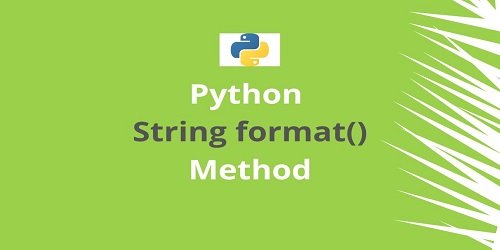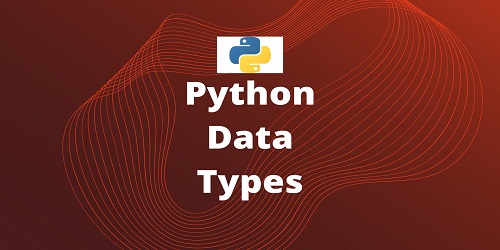Table of Contents
What is Machine Learning?
Machine Learning (ML) is a subfield of Artificial Intelligence (AI) that systematically applies algorithms to synthesize the underlying relationships among data and information.
According to Stanford, “Machine Learning is the science of getting computers to act without being explicitly programmed.”
According to McKinsey and Co., “Machine learning is based on algorithms that can learn from data without relying on rules-based programming.”
How does Machine Learning differ from traditional computational approaches?
Although machine learning is a field within Computer Science, it differs from traditional computational approaches. In traditional computing, algorithms are sets of explicitly programmed instructions used by computers to calculate or problem-solve. Machine Learning algorithms instead allow for computers to train on data inputs and use statistical analysis in order to output values that fall within a specific range. Because of this, machine learning facilitates computers in building models from sample data in order to automate the decision-making processes based on data inputs.
Best Languages for Machine Learning:
- Python.
- Java.
- R language.
- JavaScript.
- Scala.
Applications of Machine Learning:
Machine Learning finds widespread uses in web search, image and speech recognition, credit scoring, stock market prediction, ad placement, Self-driving cars, gene sequence analysis, drug development, weather forecasting, smart coupons, online fraud detection, big data analytics, email spam, and malware filtering, and many more applications.
Types of Machine Learning Algorithms:
It is used to predict, categorize, classify, find polarity, etc from the given datasets and is concerned with minimizing the error. Machine Learning is always algorithm-based and basic machine learning algorithms can be classified as-
(1) Supervised Learning- Learning techniques that extract associations between independent attributes and a designated dependent attribute (the label). Supervised learning uses a training dataset to develop a prediction model by consuming input data and output values. The model can then make predictions of the output values for a new dataset. The performance of models developed using supervised learning depends upon the size and variance of the training dataset to achieve better generalization and greater predictive power for new datasets. Most induction algorithms fall into the supervised learning category.
(2) Unsupervised Learning- Learning techniques that group instances without a prespecified dependent attribute. This technique generally involves learning structured patterns in the data by rejecting pure unstructured noise. Clustering and dimensionality reduction algorithms are usually unsupervised.
(3) Reinforcement Learning- In reinforcement learning, the goal is to develop a system (agent) that improves its performance based on interactions with the environment. Since the information about the current state of the environment typically also includes a so-called reward signal, we can think of reinforcement learning as a field related to supervised learning.









Comments (No)